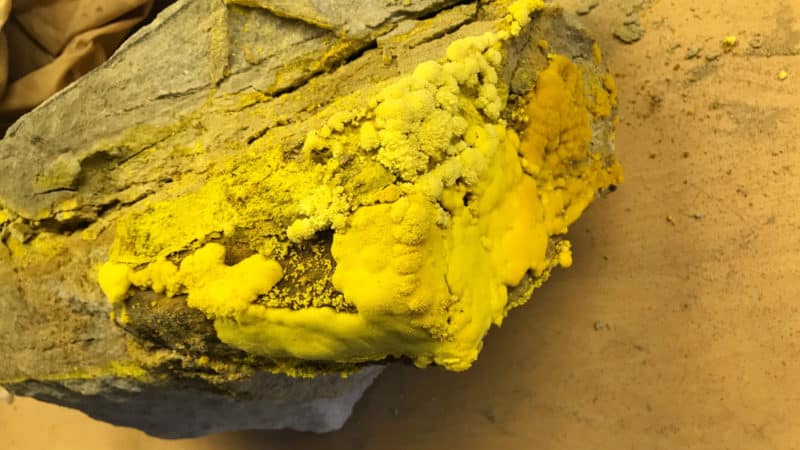Skyrocketing yellowcake prices are prompting major players to sit up and take notice of uranium’s potential on the global stage.
Soaring to $US80 ($121.9) per pound this month, the commodity reached its highest peak since March 2008.
It seems uranium’s decarbonisation story is behind the push, as jurisdictions such as the European Union (EU) look to a future powered by less carbon-intensive fuels.
The EU recently introduced a host of green energy targets in support of nuclear-powered ammonia and hydrogen production – a movement largely driven by France, which derives more than 60 per cent of its energy from nuclear.
The jump in uranium price is especially welcome to Australia’s Boss Energy as it restarts mining operations at the Honeymoon uranium project in South Australia. The mine was shut down by previous owner Uranium One in 2013 due to falling uranium prices.
The company restarted the project in early October following seven years of studies to improve Honeymoon’s position as a globally competitive producer. This included changing the uranium mining method from solvent extraction to ion exchange.
Now Boss is gearing up for its first year of production under the best market conditions it could have hoped for.
Mining exploration company Deep Yellow is another uranium player set to benefit from the rise in price.
The company has two major exploration projects underway – the Alligator River project in the Northern Territory and the Mulga Rock project in Western Australia.
Alligator River is touted to be the largest uranium exploration package in the world, covering the Wellington Range King River, Algodo Beatrice and Mount Gilruth tenement group.
In July this year, Deep Yellow updated its mineral resource estimate for the Angulari deposit at the Wellington Range King River tenement by 27 per cent to 32.9 million pounds (Mlb).



